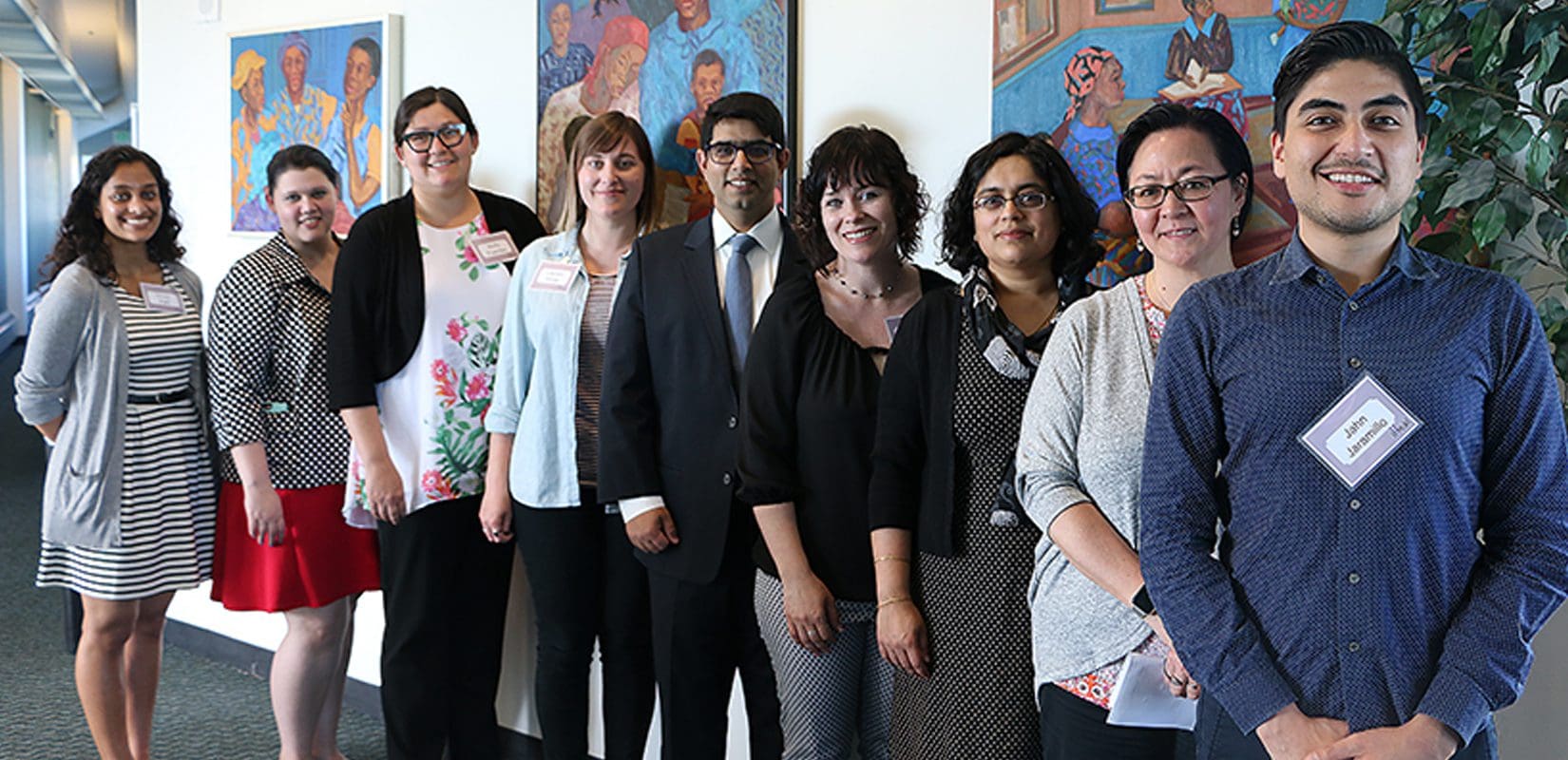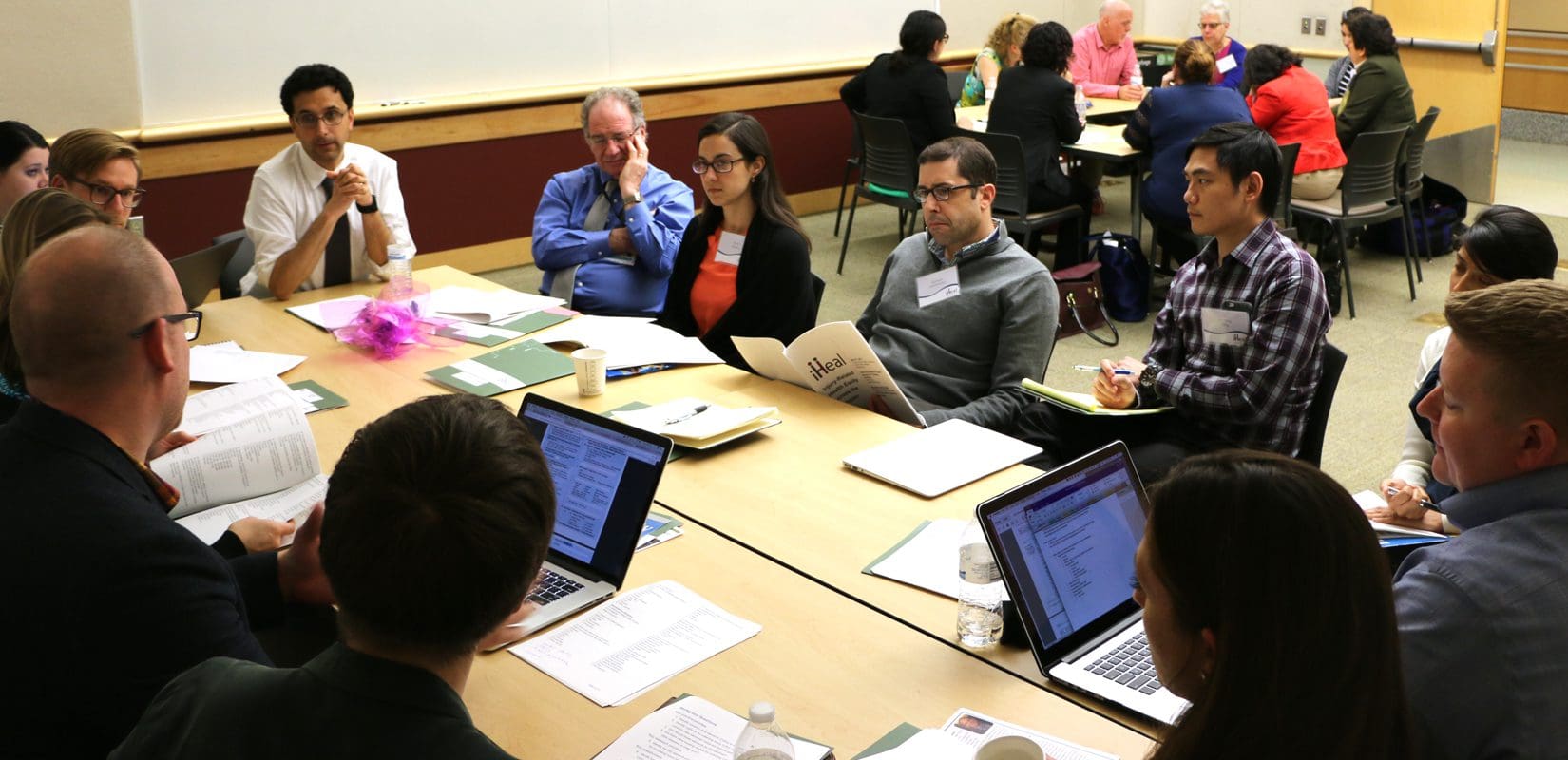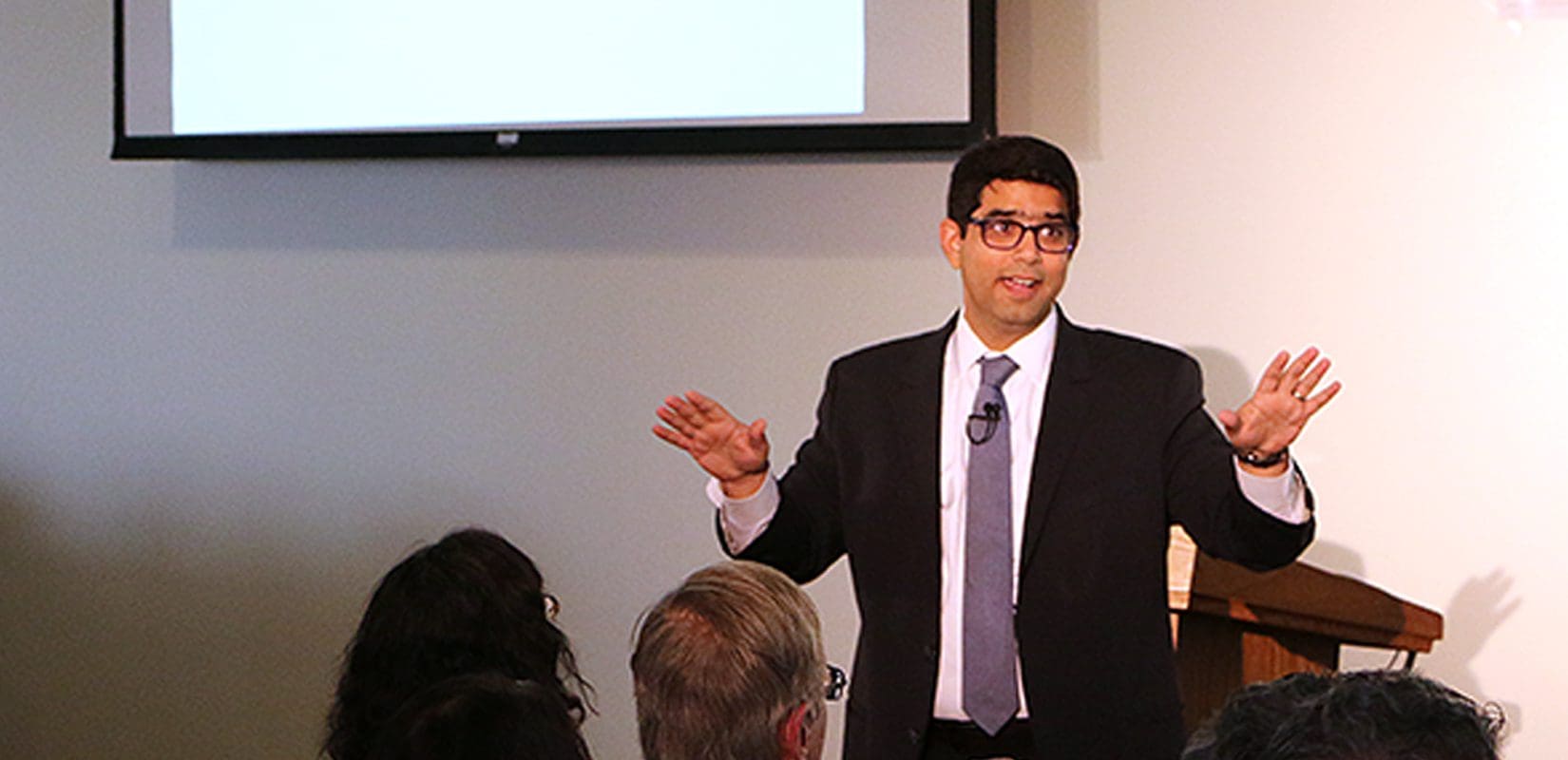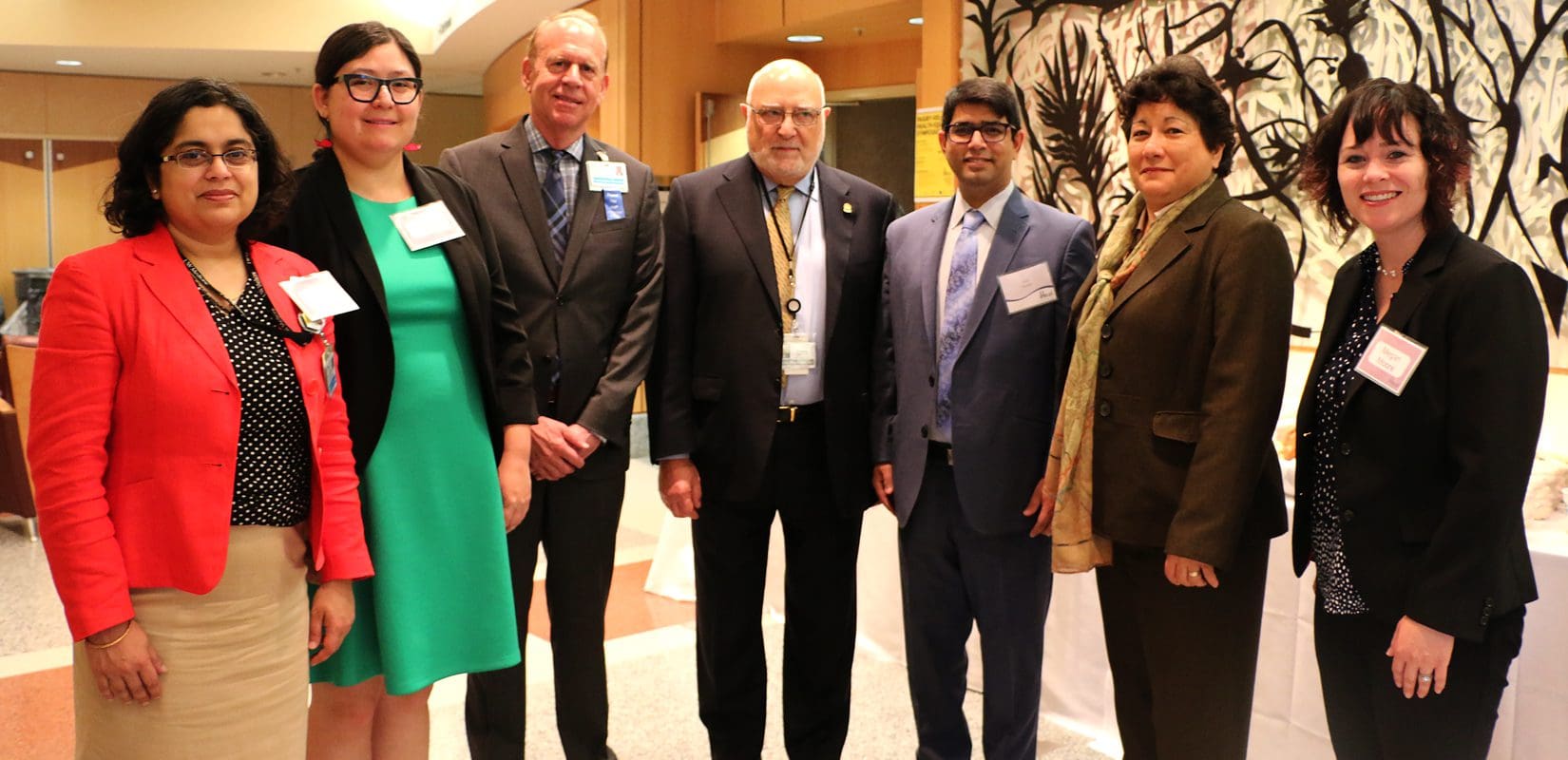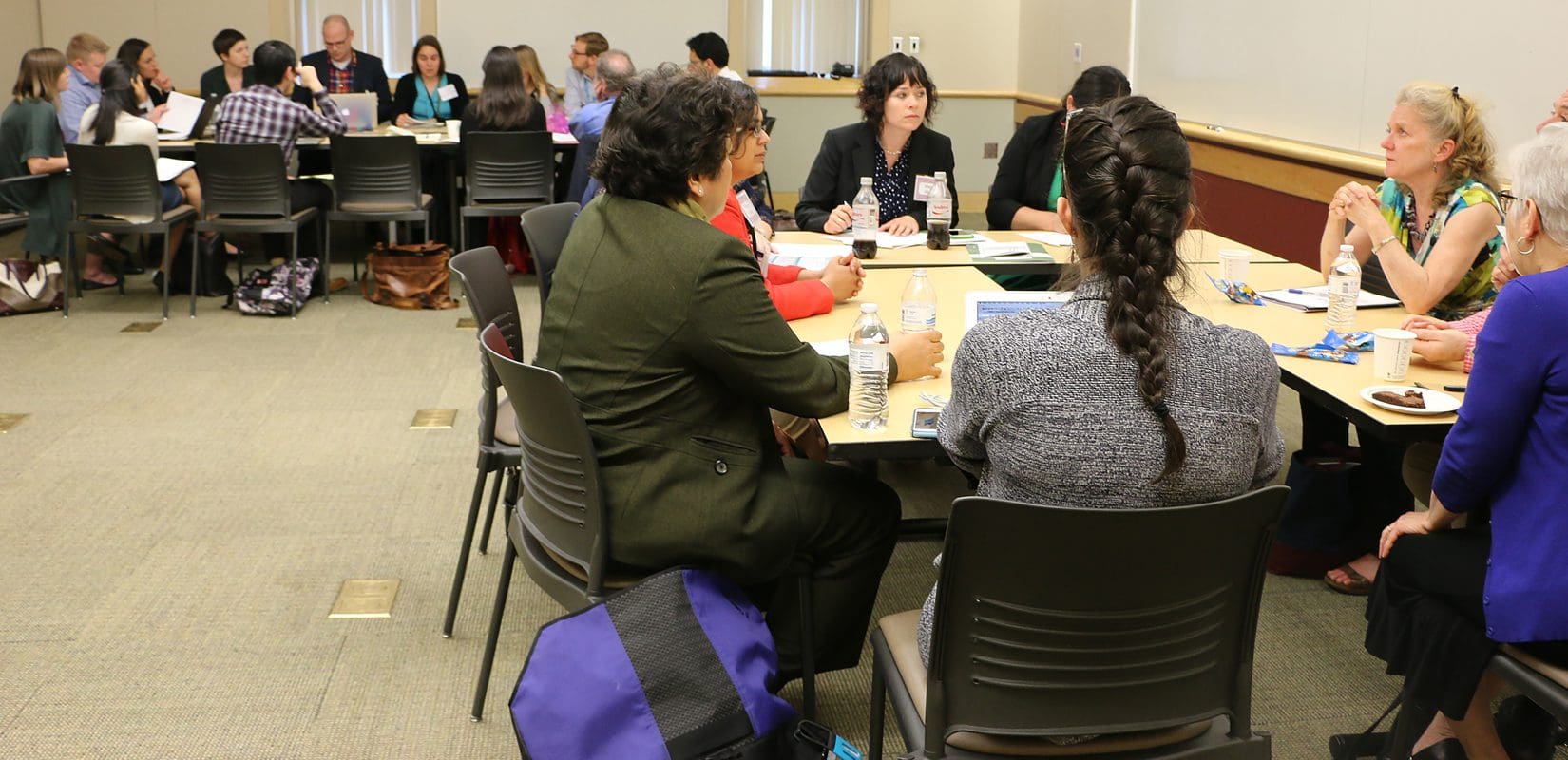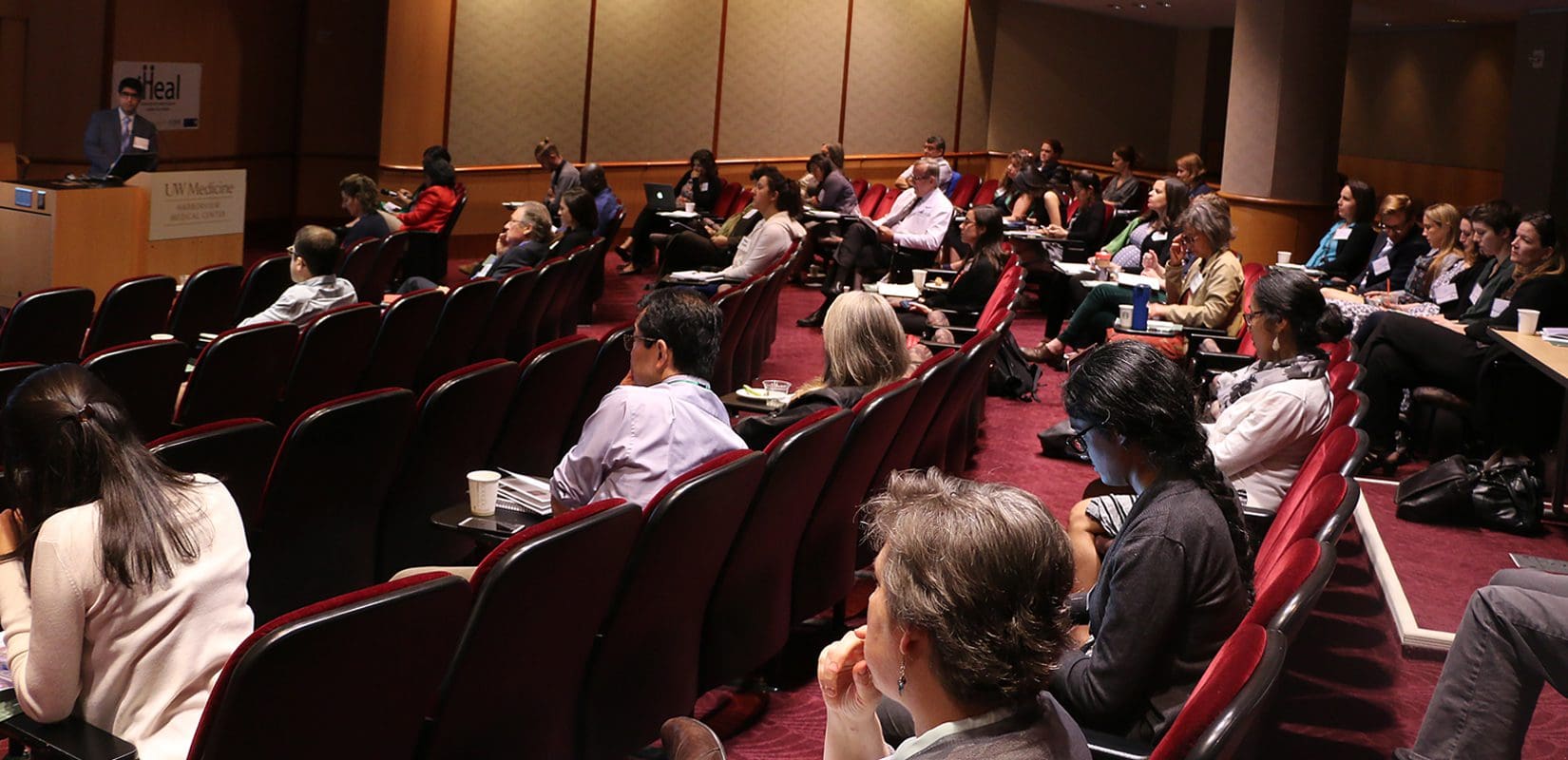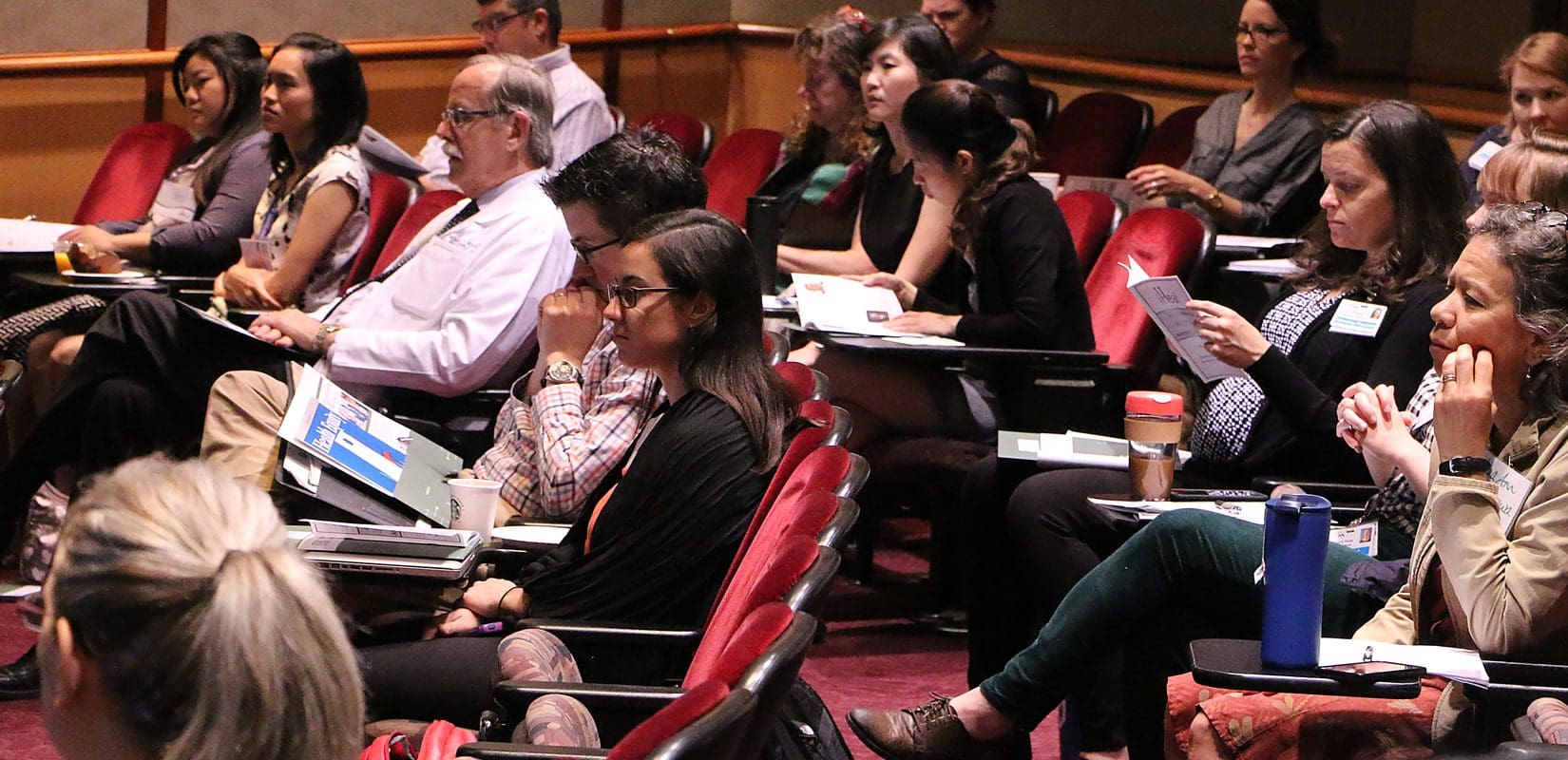

iHeal is particularly interested in increasing injury-related health equity and decreasing disparities for patients from historically oppressed or marginalized groups, those with comorbid behavioral health conditions, those with limited English proficiency, and those with financial or social barriers to healthcare access. In 2017, academic and community partners came together at a two-day symposium to work toward this goal. The symposium had three aims: (1) To review and assess the state of research, knowledge, and practice models to address injury-related health disparities and increase injury-related health equity, (2) To set the national agenda for injury and health equity related research and practice, and (3) To build collaborations and networks to achieve the national agenda for injury and health equity.
The iHeal symposium at the University of Washington brought together researchers from the UW Schools of Social Work, Medicine, Public Health, Nursing, and College of Arts and Sciences, researchers from across the WWAMI region and country, and our community partners to create synergistic, innovative research, training, and practice agendas aimed at achieving injury-related health equity.
The two-day symposium served to establish a common knowledge base for all participants, focusing on innovative disparities research. The symposium, held on May 22-23, 2017, in Seattle featured:
Researchers and community members presented the latest research on injury-related disparities and health equity, community collaborations, and policy and programmatic interventions.
After the symposium, 36 academic and community stakeholder participants were invited to attend one of three in-person workgroups to identify research priorities and key stakeholders for next steps.
The workgroups were:
1) Identifying and measuring disparities using Common Data Elements (CDE)
2) Prioritizing community-driven research and interventions
3) Conducting translational research to advance injury-related health equity policy.
The workgroups identified three overarching priorities for injury-related health equity research:
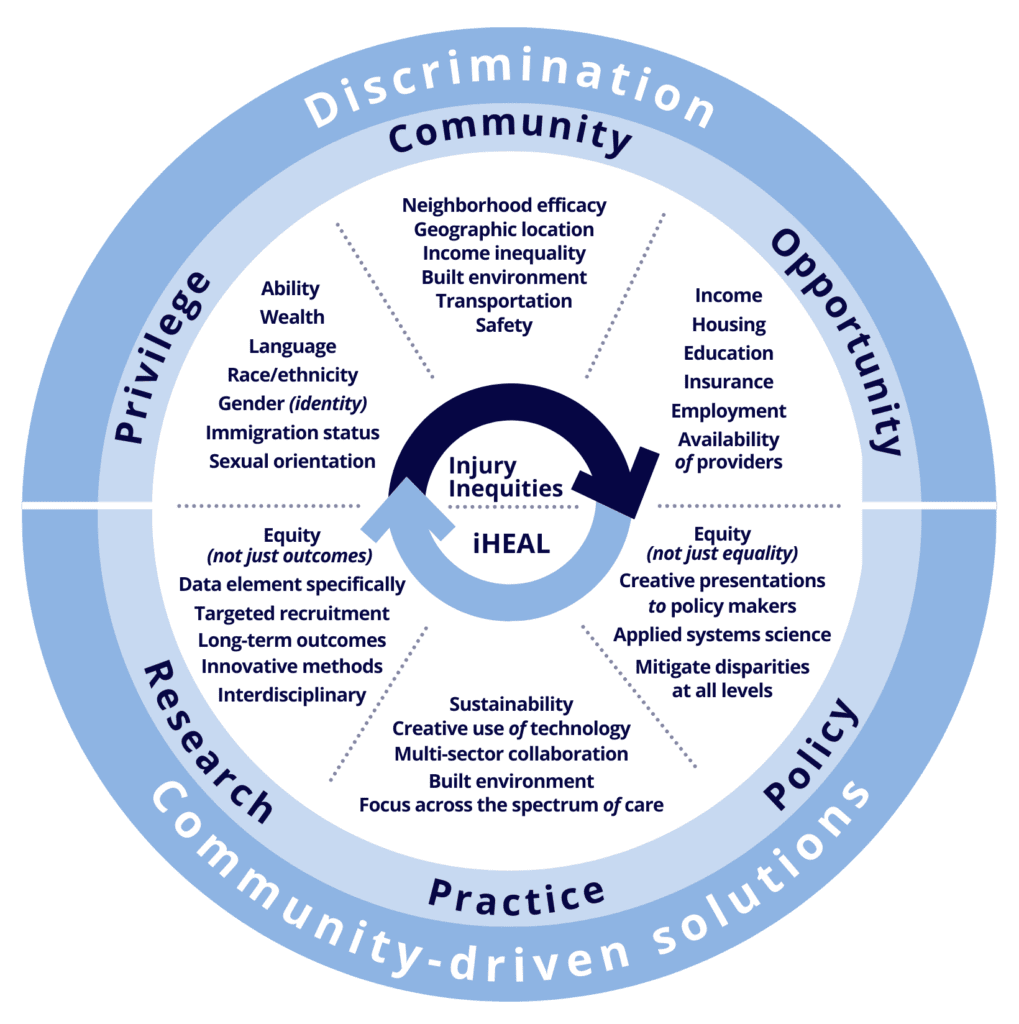
To visualize the findings of the scoping review, symposium, and workgroups, we generated a conceptual model. This model expands upon other models of structural inequities and social determinants of health and applies its lessons to the field of injury. The top half of the wheel describes the factors that contribute to inequities in injury incidence, treatment, and outcomes. Discrimination is the overarching process by which an individual’s privileges, community resources, and opportunities result in injury disparities. The bottom half of the wheel describes specific solutions to ameliorating injury-related health equities across the lifespan (iHeal). Solutions that are community-driven cut across research, collaborations, and policy and interventions to result in the most impactful resolutions. The color of each wedge also indicates the potential impact level of each category; Macro-level solutions (opportunity and policy/interventions) have the highest potential for impact, although delineations across other categories are fluid.
Citation for conceptual model: Conrick KM, Mills B, Fuentes M, Graves JM, Bourgeois C., Vavilala MS, Rowhani-Rahbar A, Moore M. Model of Factors Contributing to Injury-related Disparities and Solutions to Achieving Injury-related Health Equity across the Lifespan (iHeal).

